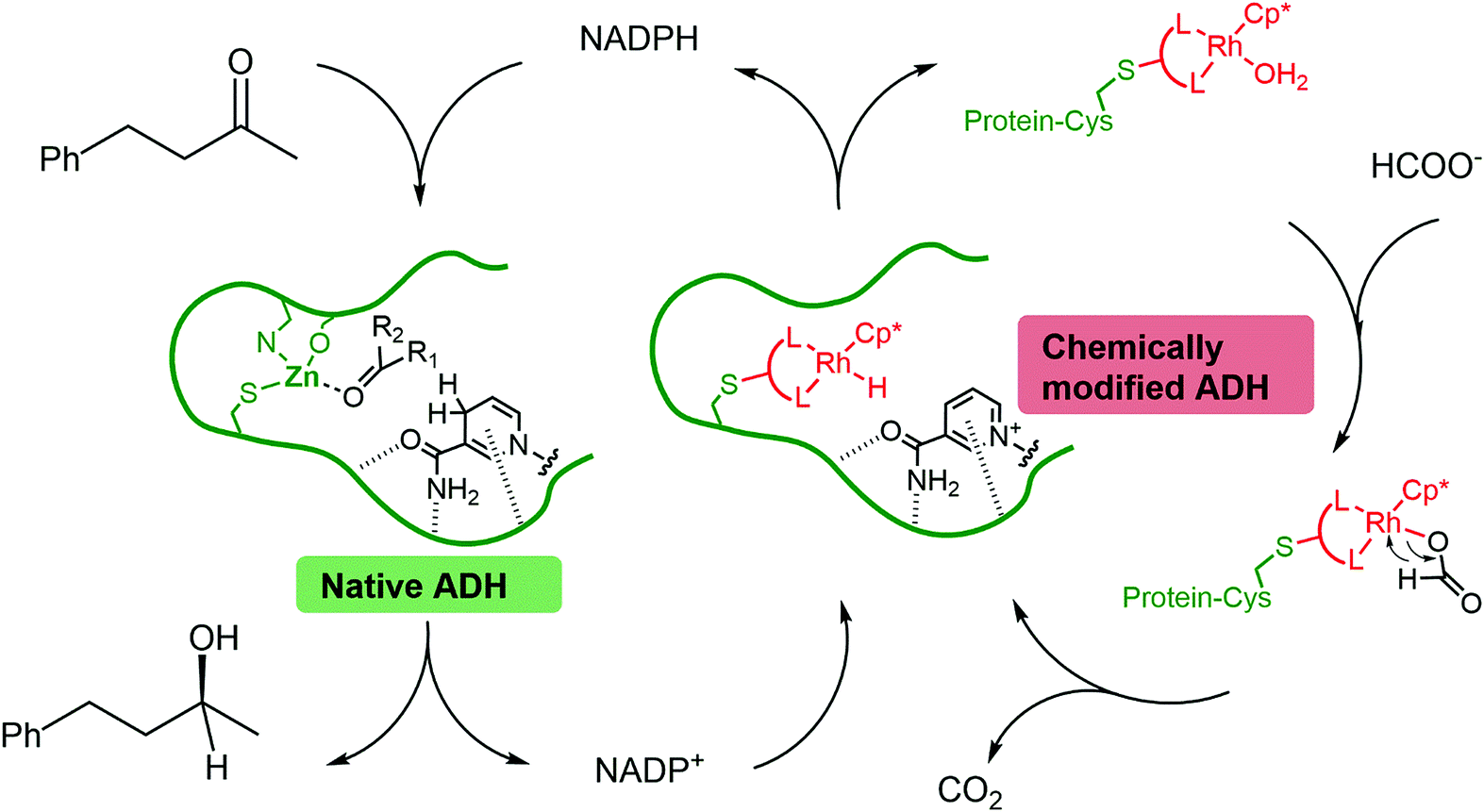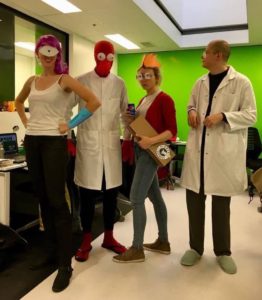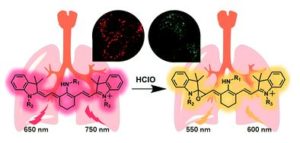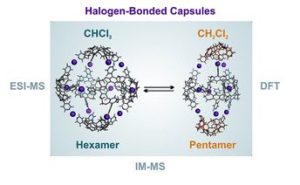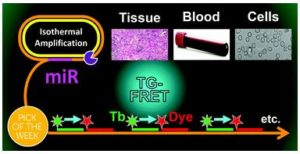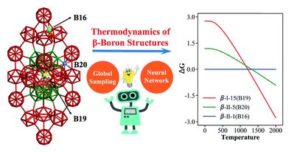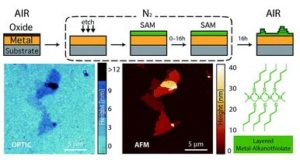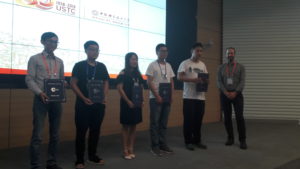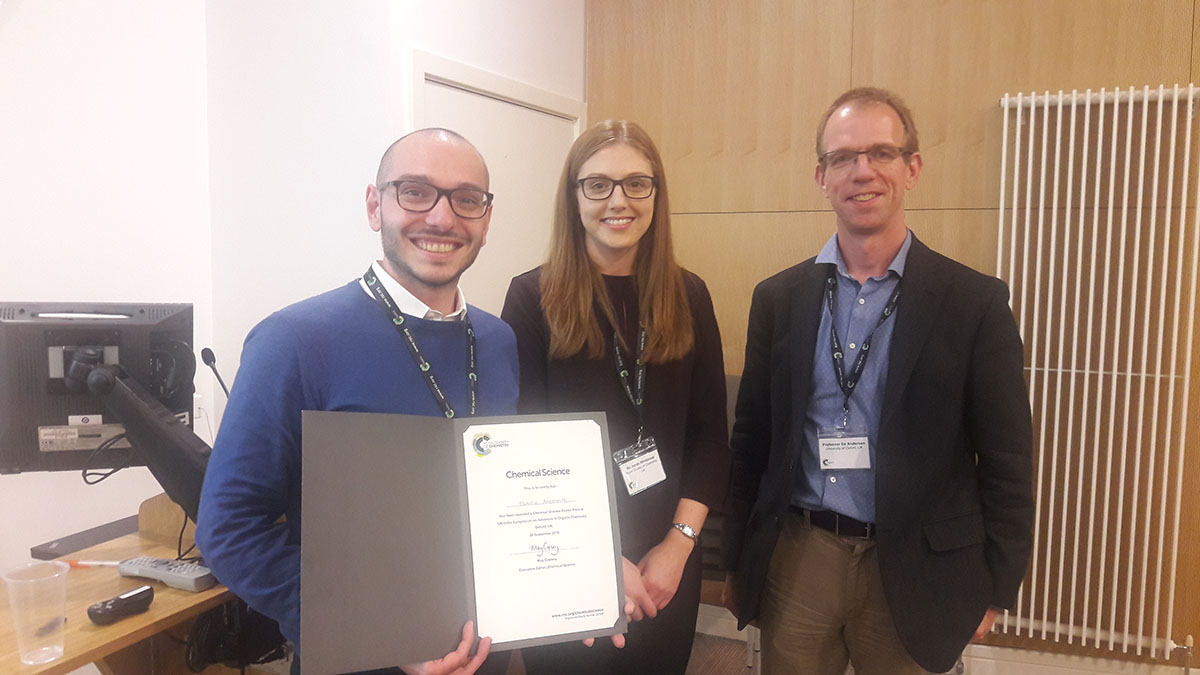Registration is now open for our Chemical Science symposia, which are to be held in two locations in China (Harbin and Xiamen) in December.
The NSFC-RSC International Symposium on Energy Chemistry will be held in Harbin, China from 7th-9th of December, you can register now here.
The Chemical Science Symposium on Sustainable Energy will be held in Xiamen, China on 10th of December, you can register now here.
The theme of the Chemical Science Symposium will be renewable energy and sustainability, bringing together leading researchers in the field of energy science and related subjects. The primary focus will be on recent advances in sustainable and renewable energy including solar energy conversion, artificial photosynthesis, photocatalysts, water splitting, gas capture, separation and storage and fuel cells. The symposia will also cover interdisciplinary studies at the energy interface with other subjects such as the properties and applications of materials for energy and sustainability, nanotechnology, photocatalysis, photonics and biotechnology.
Chemical Science Associate Editors Vincent Artero, Kazunari Domen, James McCusker and Jihong Yu will be speaking at both symposia, and Executive Editor May Copsey will be attending.
We look forward to seeing you there!












